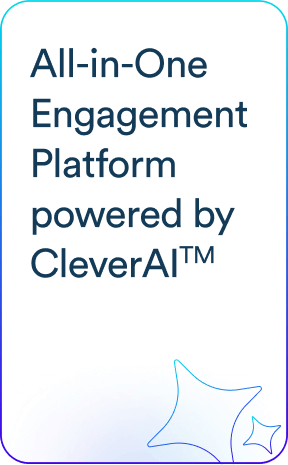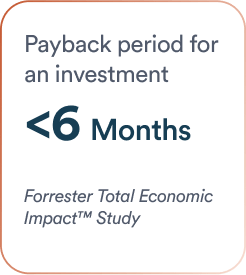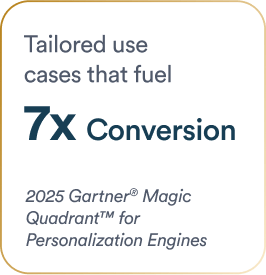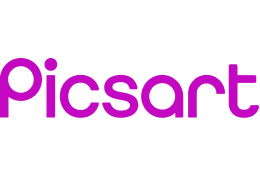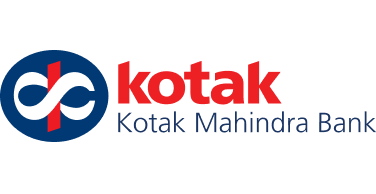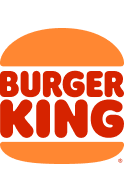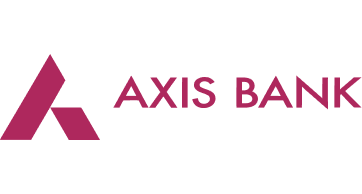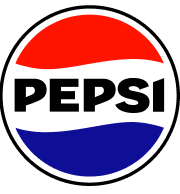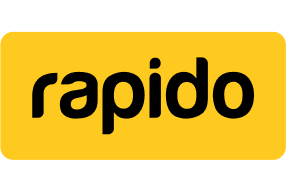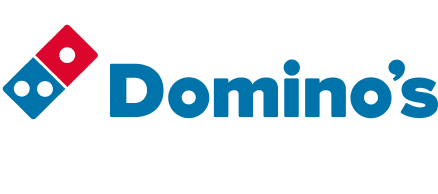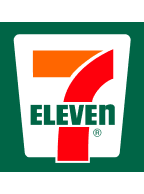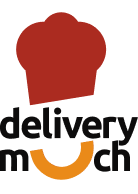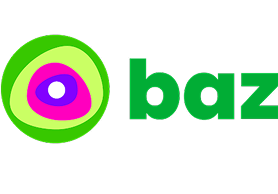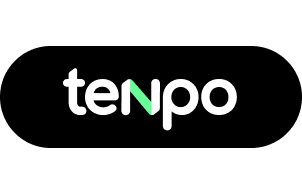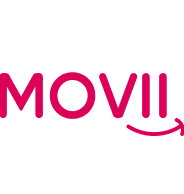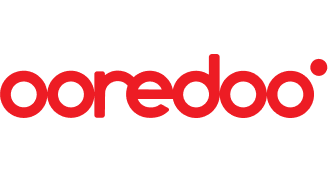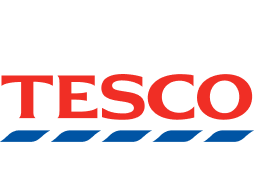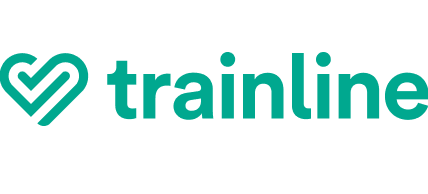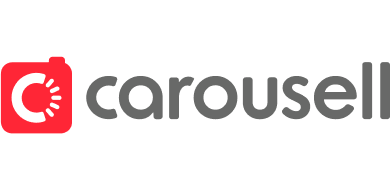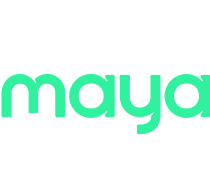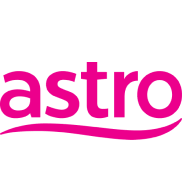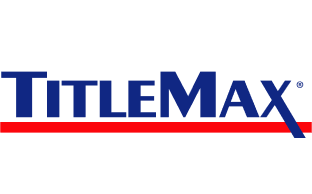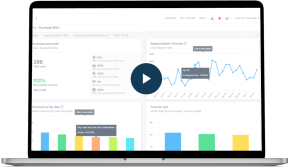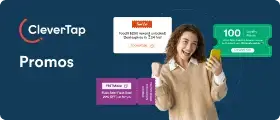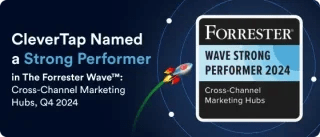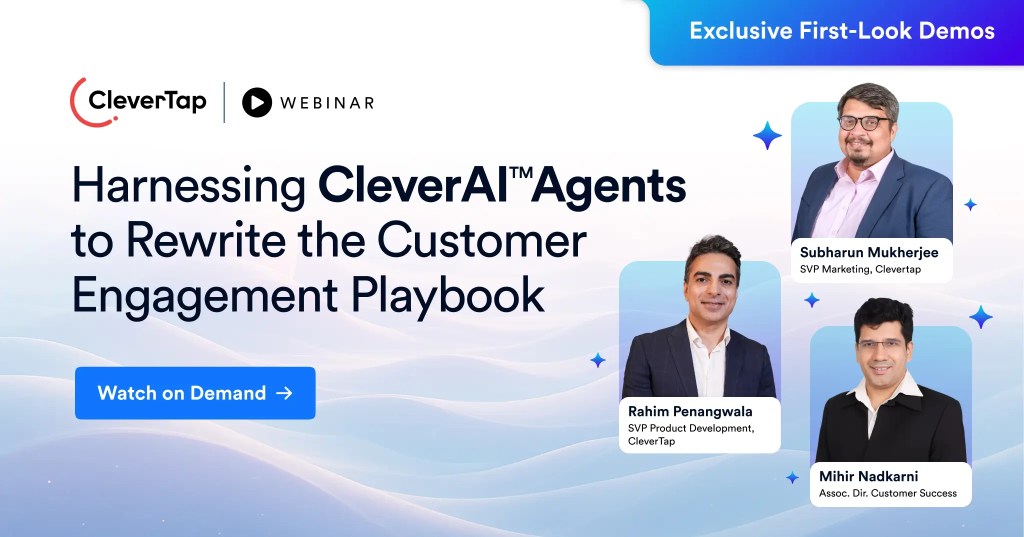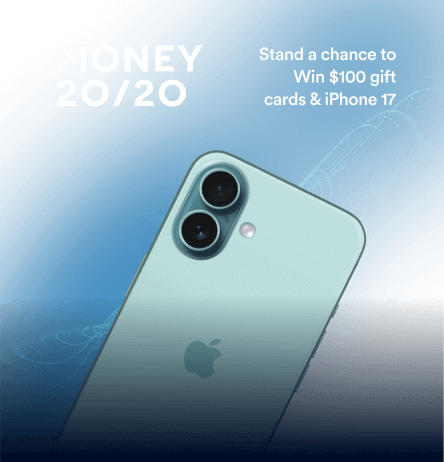Tiered loyalty programs have changed the game for different types of brands that were aiming to deepen their customer engagement and increase lifetime value. Unlike traditional flat or points-based models, tiered programs are structured with multiple levels. This allows the customers to unlock greater rewards and privileges as they progress.
This layered customer loyalty programs approach not only incentivizes repeat purchases but also taps into emotional drivers such as recognition and exclusivity. Tiered reward programs make loyalty feel like a rewarding journey rather than a simple transaction.
Recent industry data shows just how powerful this model has become. Brands with tiered loyalty programs report a 1.8X higher average annual customer lifetime value (CLV) compared to those using flat programs. Moreover, 35.4% of brands operating tiered loyalty schemes have experienced a significant increase in both member enrollment and engagement.
What Is A Tiered Loyalty Program?
A tiered loyalty program is a structured customer rewards system that motivates ongoing engagement by allowing members to unlock increasingly valuable benefits as they interact more with a brand.
In flat or basic points-based models, all members receive the same rewards regardless of their activity. However, tiered loyalty programs introduce multiple levels (such as Bronze, Silver, and Gold). Customers progress through these tiers by meeting specific milestones, such as accumulating spending points earned or completing actions.
Each higher loyalty tier provides access to premium perks, exclusive experiences, or enhanced recognition, making membership feel more personalized and aspirational. This structure not only encourages customers to climb through the program hierarchy, but it also gives brands a powerful tool to segment their audience and tailor incentives based on actual behavior.
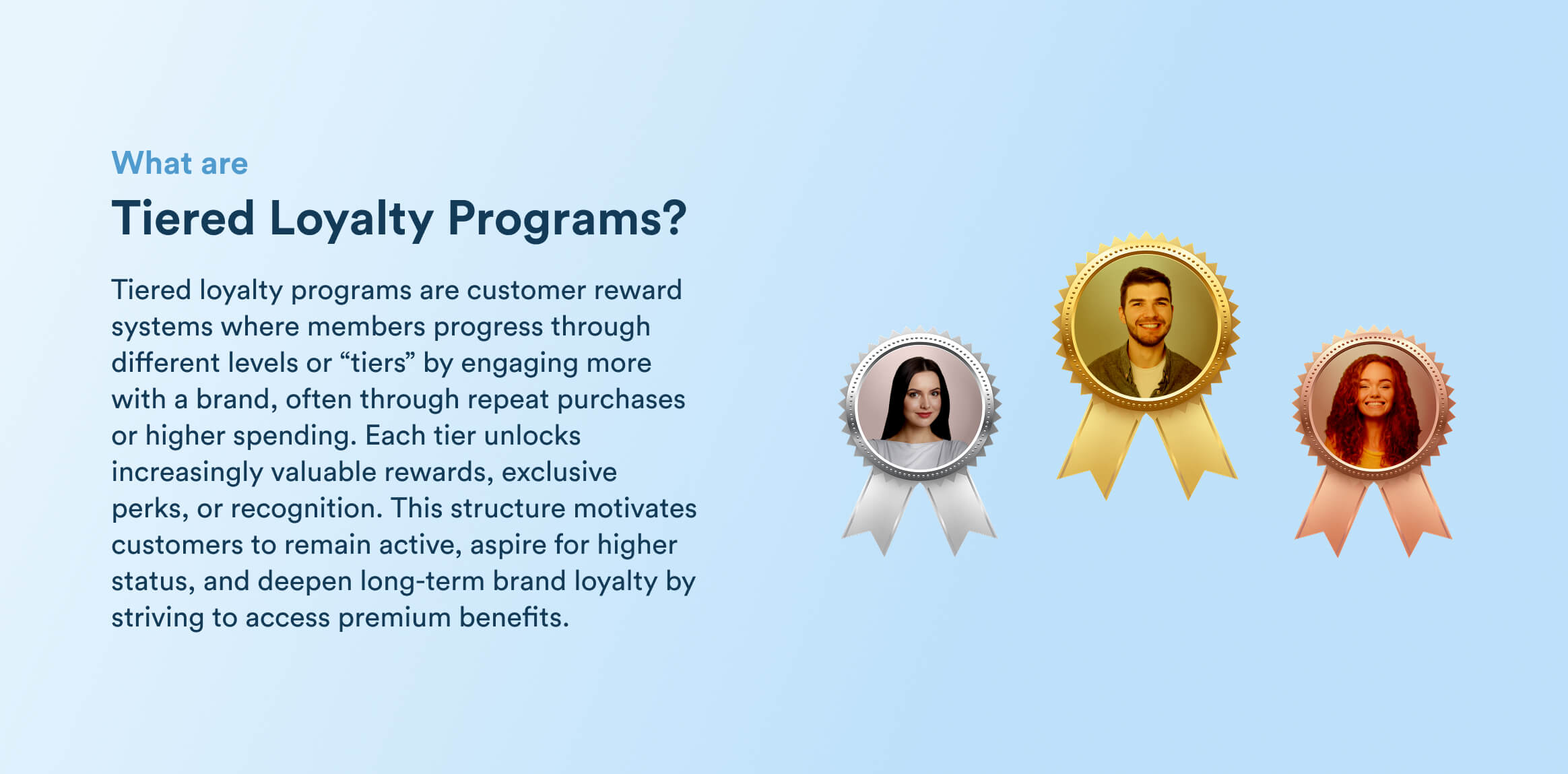
Ultimately, the tiered approach transforms loyalty from a transactional exchange into an ongoing journey. It fuels a deeper brand affinity for customers and delivers measurable value for businesses.
Benefits Of Tiered Loyalty Programs
Tiered loyalty programs deliver a range of significant advantages that help brands foster deeper customer relationships and drive sustainable business growth. By structuring rewards progressively, these programs create a dynamic customer experience that encourages ongoing engagement and loyalty. Here are the key benefits:
- Drive Repeat Purchases & Higher Average Spend: Tiered programs motivate customers to increase both their purchase frequency and transaction size as they strive to reach higher tiers with better rewards. This progression keeps customers engaged over time and maximizes their lifetime value.
- Improve Customer Segmentation & Targeting: By categorizing customers according to their tier status, brands gain clearer insights into customer behavior and value. This customer segmentation enables more precise targeting and personalization of marketing campaigns, making communication more relevant and effective.
- Lower Reliance On Discounts Through Experiential Rewards: Instead of relying mainly on price cuts, tiered programs offer exclusive benefits like VIP access, early product releases, or unique experiences. These rewards create emotional bonds with customers while protecting profit margins.
- Boost Retention, Lifetime Value, & Advocacy: The aspirational nature of progressing through tiers fosters a sense of achievement and belonging, encouraging customers to stay loyal longer and actively promote the brand, which enhances retention and lifetime value.
- Build Scalable, Cost-Efficient Loyalty Engines: Tiered loyalty models allow brands to strategically allocate incentives where they matter most, focusing resources on high-value customers and maintaining program sustainability as it scales.
Explore the benefits of loyalty programs and how they strengthen retention and revenue.
Common Challenges To Avoid
While tiered loyalty programs offer many advantages, there are some common pitfalls that can hold them back if not addressed. Many brands struggle with issues that reduce customer engagement or create confusion around how the program works. By being aware of these challenges upfront, you can design a smoother, more effective loyalty journey that keeps customers motivated and satisfied. Let’s walk through some of the key challenges you’ll want to avoid:
- Overcomplicated Tier Structures: Having too many tiers or complex rules can confuse customers and staff alike. When customers struggle to understand how to advance or what rewards they’ll earn, engagement drops and frustration grows.
- Weak or Unclear Tier Value: If the benefits of each tier aren’t clearly valuable or distinct, customers lack motivation to progress. Offering generic or insufficient rewards diminishes excitement and loyalty.
- Misalignment With Customer Behavior Or Preferences: A common mistake is overlooking what truly matters to your customers. If your program rewards actions that aren’t meaningful or misses what motivates your members, it can quickly lose relevance. Make sure your tier structure and rewards align with how your customers actually interact with your brand
- Poor Communication of Progress/Status: Failing to clearly show customers where they stand in the program or how close they are to the next tier can lead to disengagement. Continuous, transparent progress tracking is essential.
- Failing to Reward Emotional Loyalty: Tiered structures that focus solely on transactions miss opportunities to tap into customers’ emotional connections. Incorporating exclusivity, recognition, and meaningful experiences is critical.
10 Great Tiered Loyalty Program Examples
Wondering how tiered loyalty programs work in the real world? Here are ten standout programs from leading brands that show what’s possible, each with a unique twist on engaging customers and building loyalty through their tier structures.
1. Sephora: Beauty Insider
Sephora is a leading beauty brand with a highly successful tiered loyalty program called Beauty Insider. It has three tiers: Insider, VIB (Very Important Beauty), and Rouge, based on annual spending levels. Members unlock escalating benefits like free samples, exclusive early access to products, and personalized perks.
The program’s differentiation lies in blending points-based rewards with experiential and community engagement via the Beauty Insider Community. With over 31 million members in the US alone, Sephora’s program drives repeat purchases and high engagement, demonstrating how combining tier progression with emotional and experiential rewards creates strong loyalty.
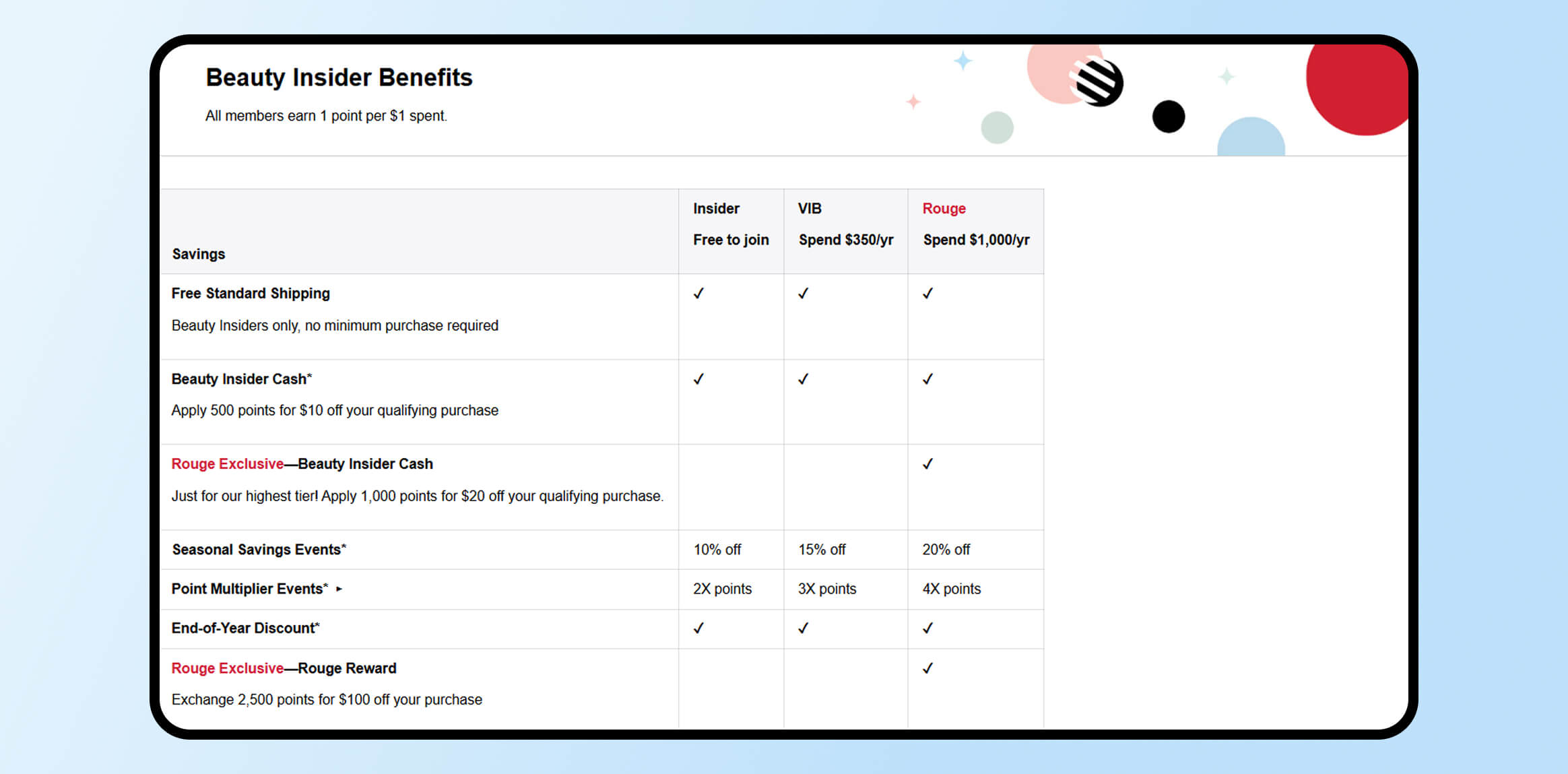
Marketer takeaway: Integrating experiential rewards alongside transactional benefits fosters deeper customer relationships and sustained engagement.
2. Marriott International: Marriott Bonvoy
Marriott Bonvoy is Marriott’s comprehensive tiered loyalty program, rewarding customers not only for hotel stays but also for credit card usage and partner activities. It features multiple tiers that are Silver Elite, Gold Elite, Platinum Elite, Titanium Elite, and Ambassador, each offering increasing privileges like room upgrades, lounge access, and exclusive experiences.
This tiered loyalty program’s uniqueness comes from extensive partner integrations and redemption flexibility spanning travel and lifestyle rewards, which incentivize customers to stay engaged beyond just hotel bookings.
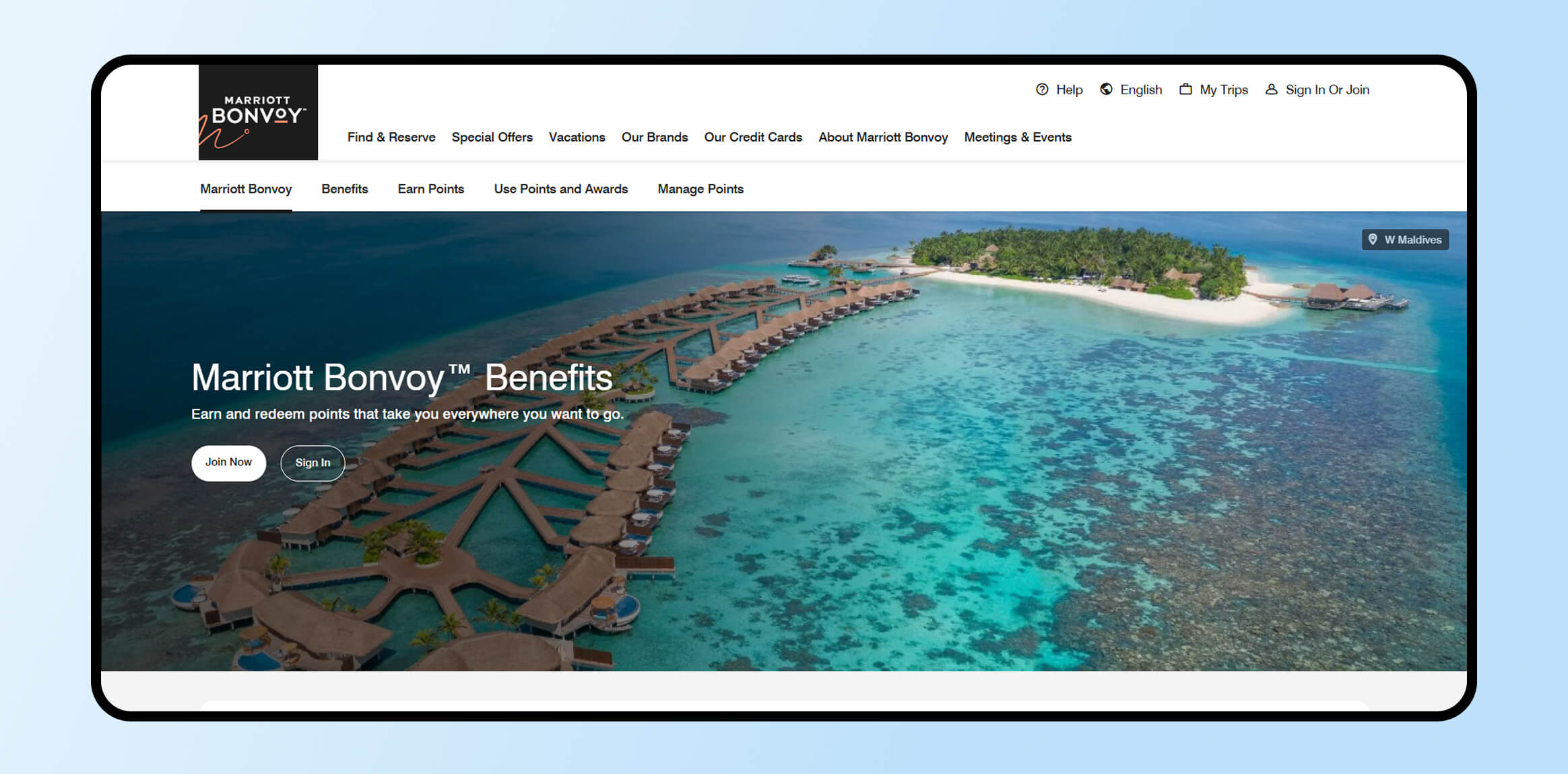
Marketer takeaway: Leveraging partnerships and varied redemption options can broaden program value and customer appeal.
Read more: What are travel loyalty programs? 5 real-world examples to learn from.
3. Starbucks: Starbucks Rewards
Starbucks Rewards is a popular tiered program with three levels: Welcome, Green, and Gold. Customers earn stars per purchase, progressing through tiers that unlock perks like free birthday drinks, order customization, and early access to new products. The program’s gamified elements and mobile app integration enhance user experience, making progression transparent and engaging. Starbucks capitalizes on daily consumption habits to create habitual loyalty driven by simple, attainable milestones.
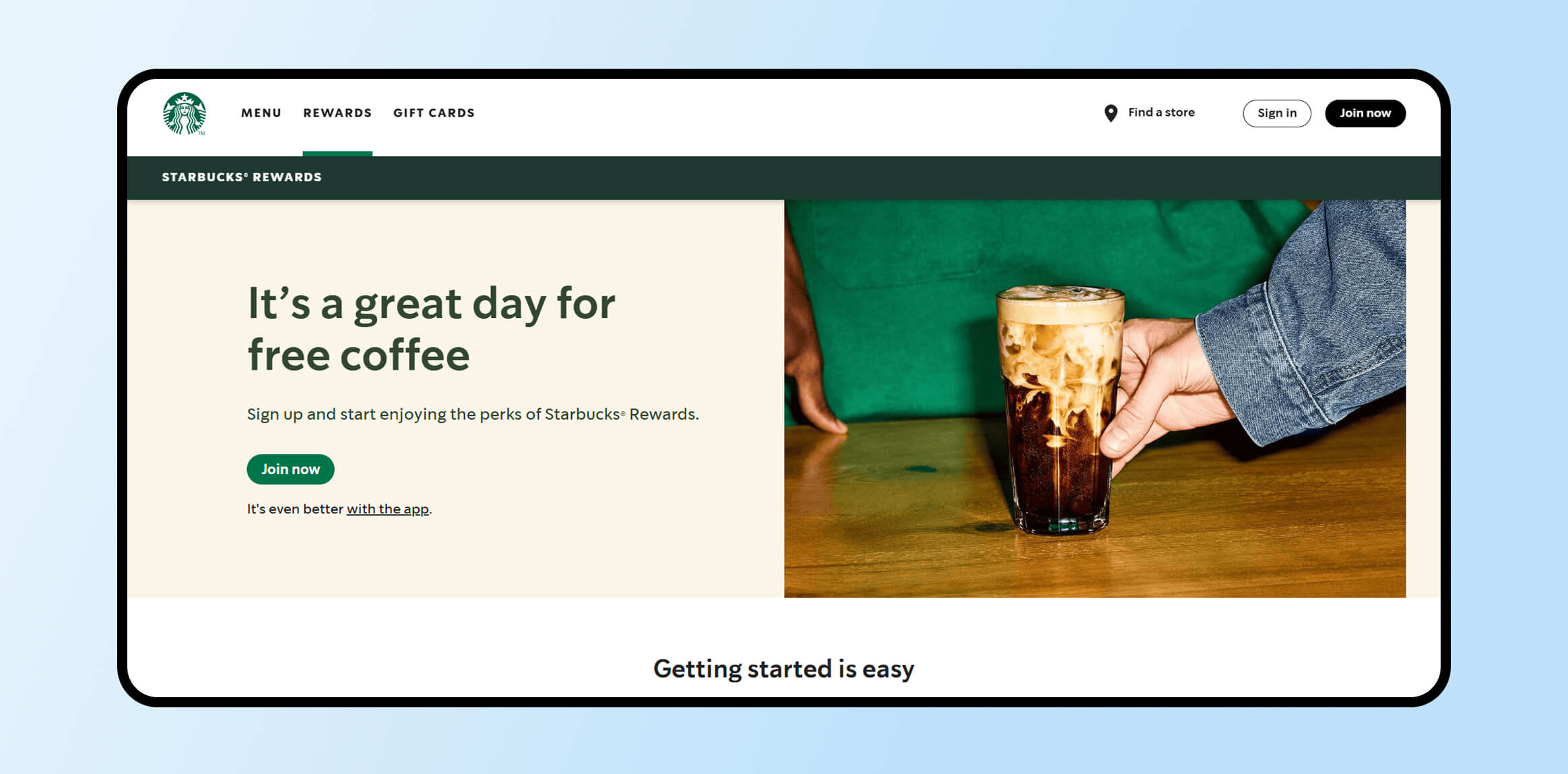
Marketer takeaway: Seamless tech integration and gamification keep customers motivated and simplify participation.
4. Hilton Hotels: Hilton Honors
Hilton Honors offers a tiered loyalty system with Silver, Gold, and Diamond levels. Members earn points on stays and related activities, advancing tiers based on nights stayed or points earned. Higher tiers unlock benefits like free breakfast, room upgrades, and lounge access. Hilton differentiates its program by integrating personalized promotions and targeted perks based on guest behavior, enhancing emotional loyalty and retention in a competitive hospitality market.
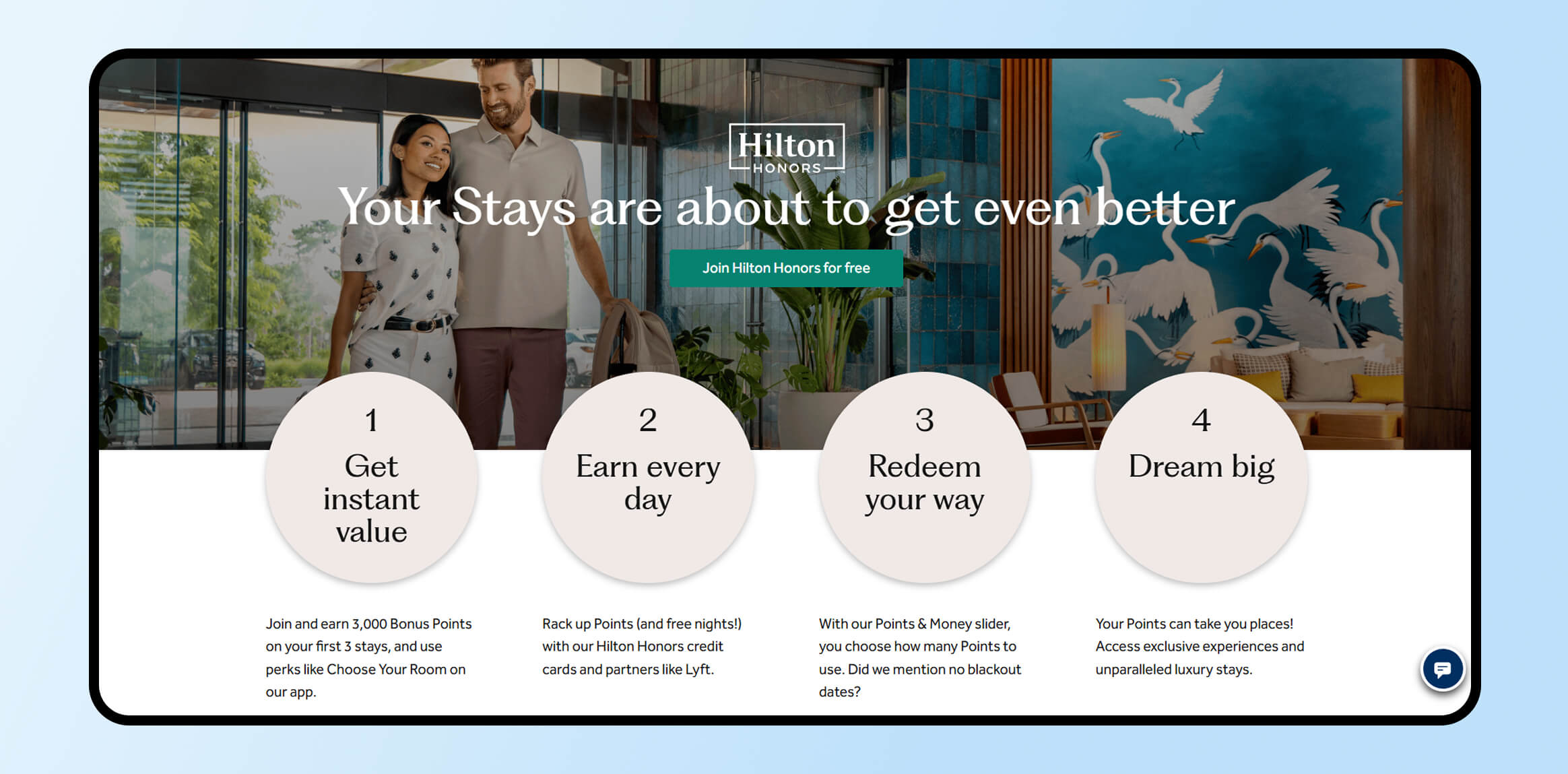
Marketer takeaway: Personalized tier benefits linked to customer behavior increase relevance and retention.
5. H&M: H&M Loyalty Program
H&M’s tiered program includes two levels: Core and Plus. Points accumulate through purchases, unlocking exclusive discounts, free shipping, and early access to sales as members move up. The simplicity of just two tiers makes the program accessible while encouraging increased spending to unlock Plus tier benefits. H&M’s focus on fashion events and unique member experiences adds an aspirational edge to rewards.

Marketer takeaway: Simple tier structures combined with exclusive experiences effectively motivate increased engagement.
6. Ulta Beauty: Ulta Beauty Rewards
Ulta Beauty’s program consists of three tiers: Member, Platinum, and Diamond. Members earn points on every purchase, redeemable for products or services, with higher tiers offering birthday gifts, double points days, and exclusive events. The program’s strength lies in combining tier rewards with personalized offers and recognition, fostering emotional loyalty in addition to transactional incentives.
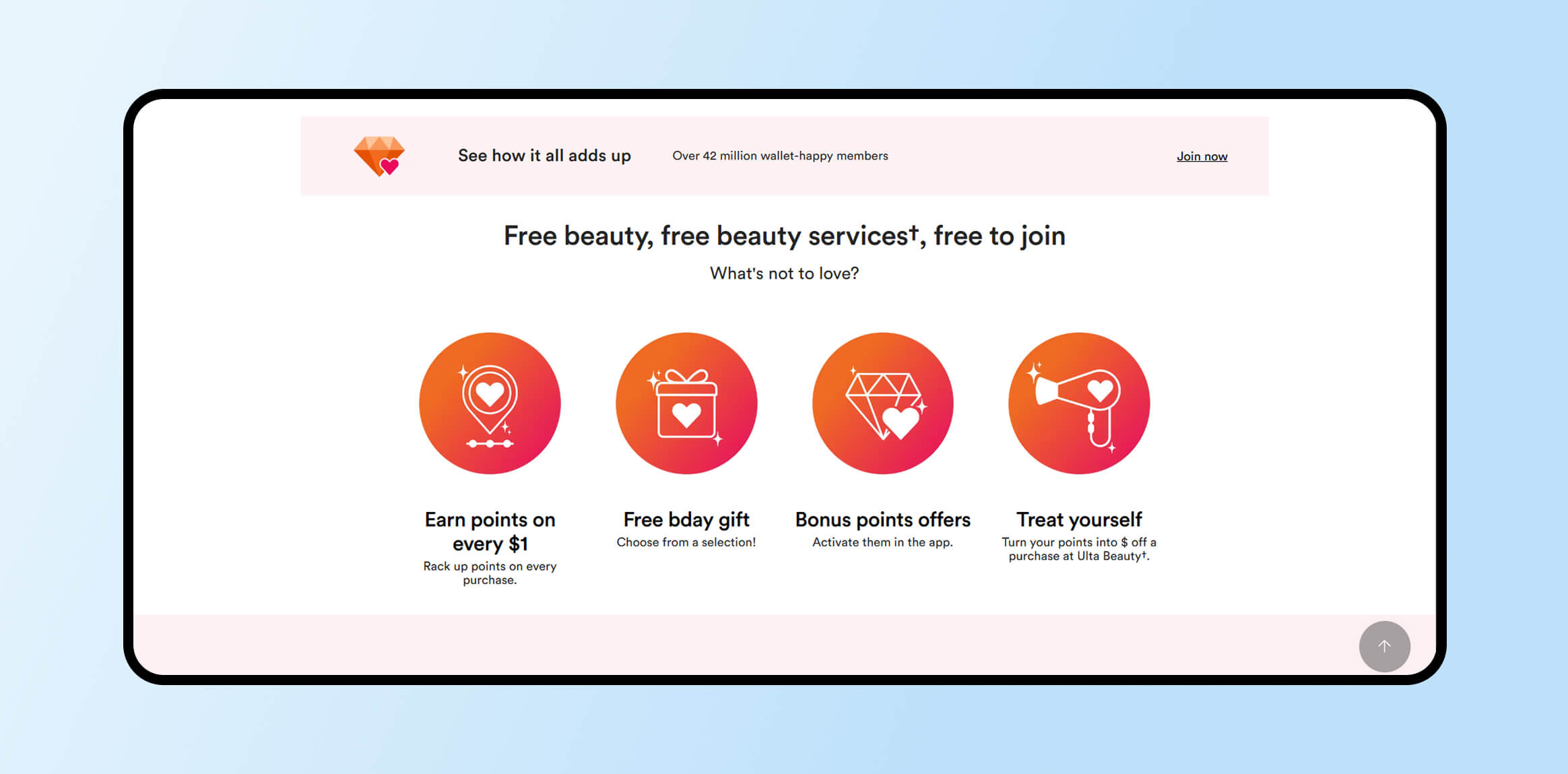
Marketer takeaway: Combining personalization with tiered rewards strengthens customer attachment and spending.
You might like to read: 8 successful membership loyalty program examples and how they work.
7. Lancôme: Elite Rewards
Lancôme’s Elite Rewards has three tiers, which are Rose Gold, Gold, and Platinum, allowing members to earn points via purchases and social engagement. Benefits include early access to launches, exclusive events, and luxury experiences, offering both transactional and emotional value. The program’s inclusion of social media interaction as a way to advance tiers is a unique differentiator that taps into modern engagement channels.
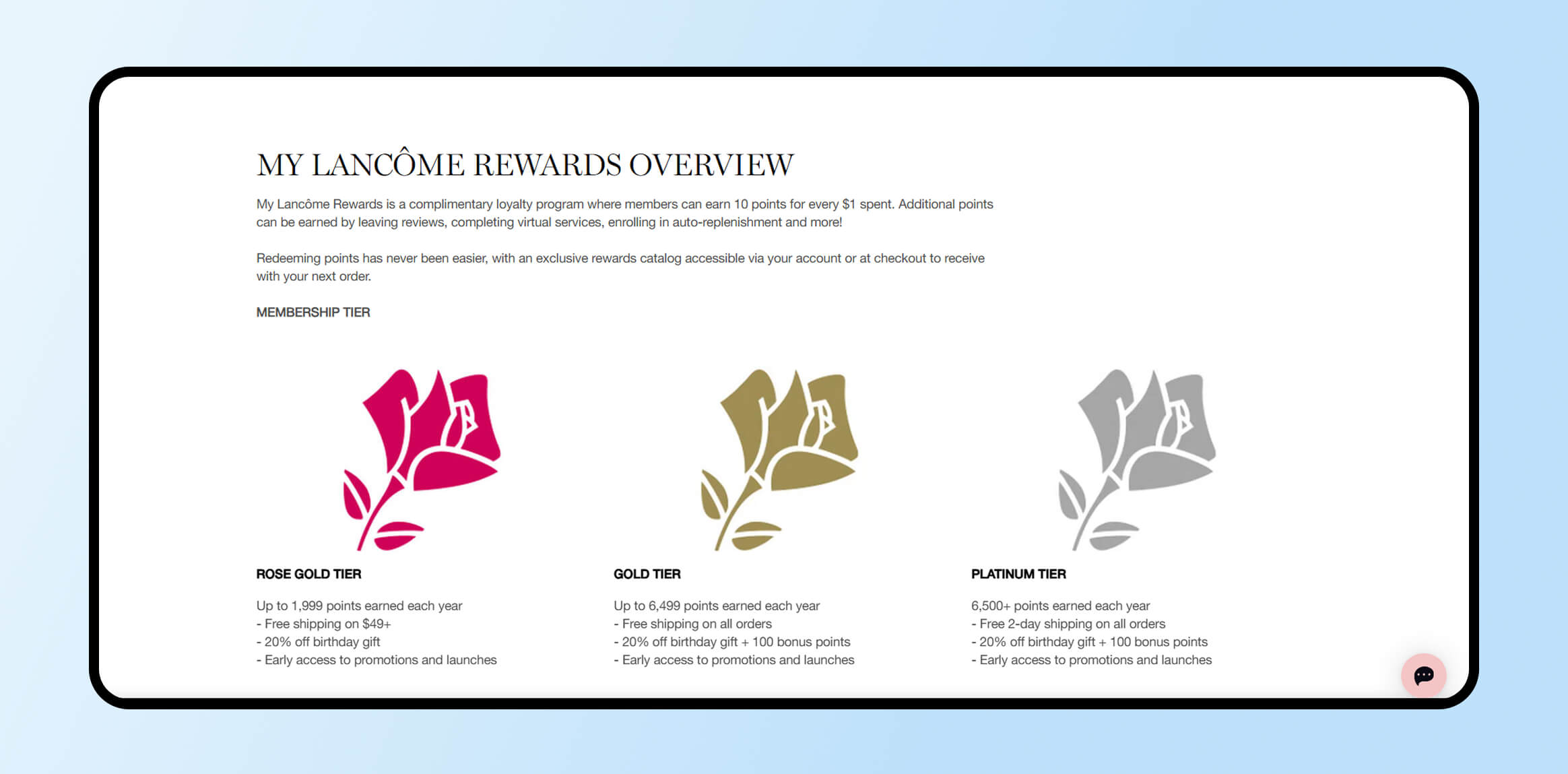
Marketer takeaway: Expanding tier advancement beyond purchases to include social engagement broadens program appeal.
8. Southwest Airlines: Rapid Rewards®
Southwest’s Rapid Rewards program has multiple tiers: A-List, A-List Preferred, and Companion Pass. Members earn points for flights, with tier qualification based on points earned or the number of flights taken annually. Higher tiers offer priority boarding, bonus points, and companion tickets. This tiered structure rewards frequent flyers with meaningful travel benefits and exclusive access, enhancing customer loyalty in a competitive airline industry.
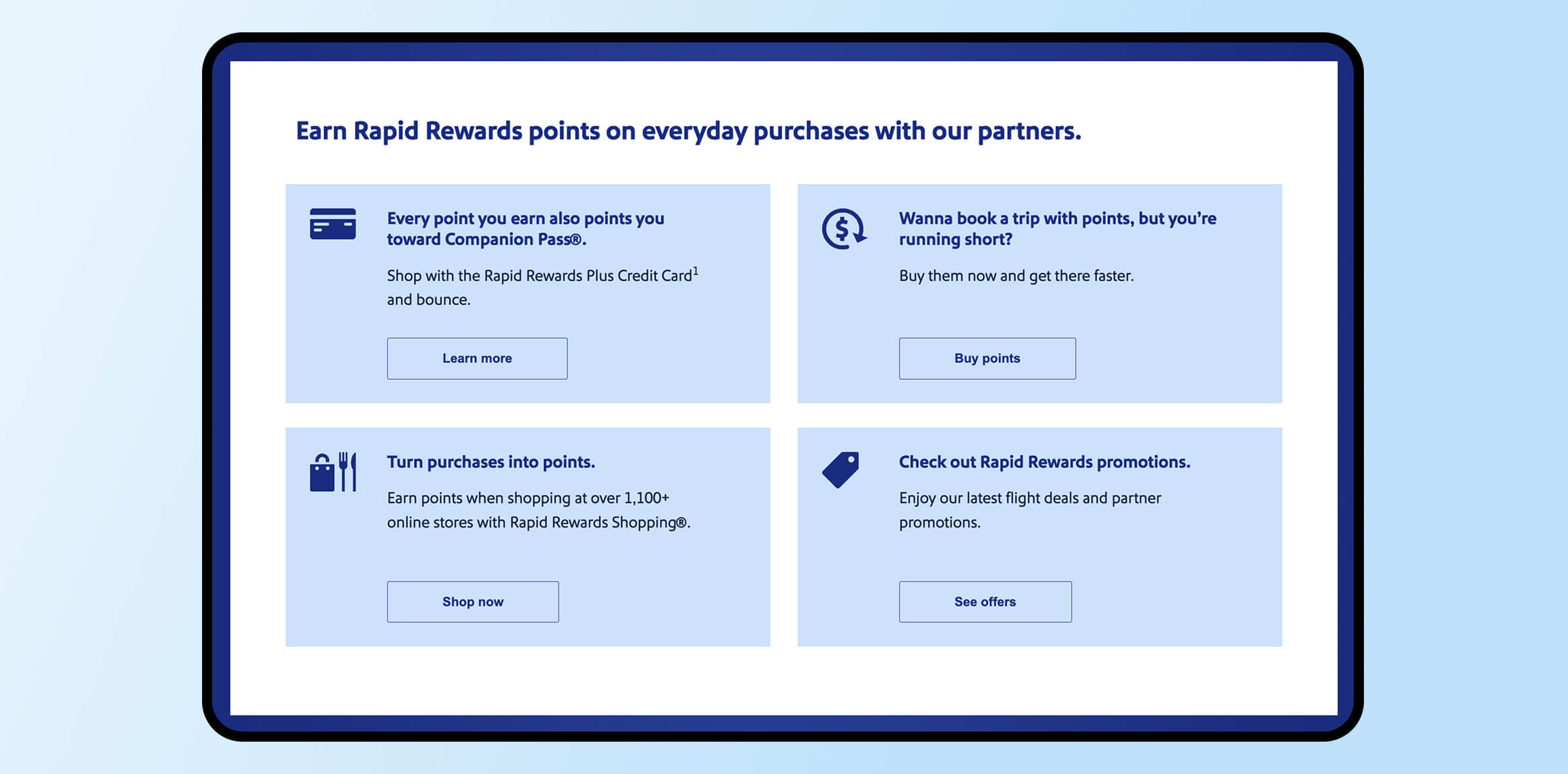
Marketer takeaway: Designing tiers around customer activity metrics (flights, spend) ensures rewards align with engagement levels.
9. Nordstrom: Nordy Club
Nordstrom’s Nordy Club features tier-based rewards where customers earn points per dollar spent, unlocking status tiers linked to exclusive perks like private sales, early access, and free alterations. The program emphasizes experience and personalization over pure discounts, strengthening emotional connections. Nordstrom also sets high thresholds for elite tiers to create desirability.

Marketer takeaway: Exclusivity through elevated tier requirements and experiential benefits drives aspirational loyalty.
10. Adidas: adiClub
Adidas’ tiered membership program, adiClub, has four tiers, starting at Level 1 (0-999 points), Level 2 (1,000-3,999), Level 3 (4,000-11,999), and Level 4 (12,000+), where members earn points through purchases and activities. Higher levels unlock perks like free delivery, exclusive products, early access to sales, birthday gifts, and VIP event invitations. The program includes gamified challenges and community contests, driving engagement and long-term loyalty.
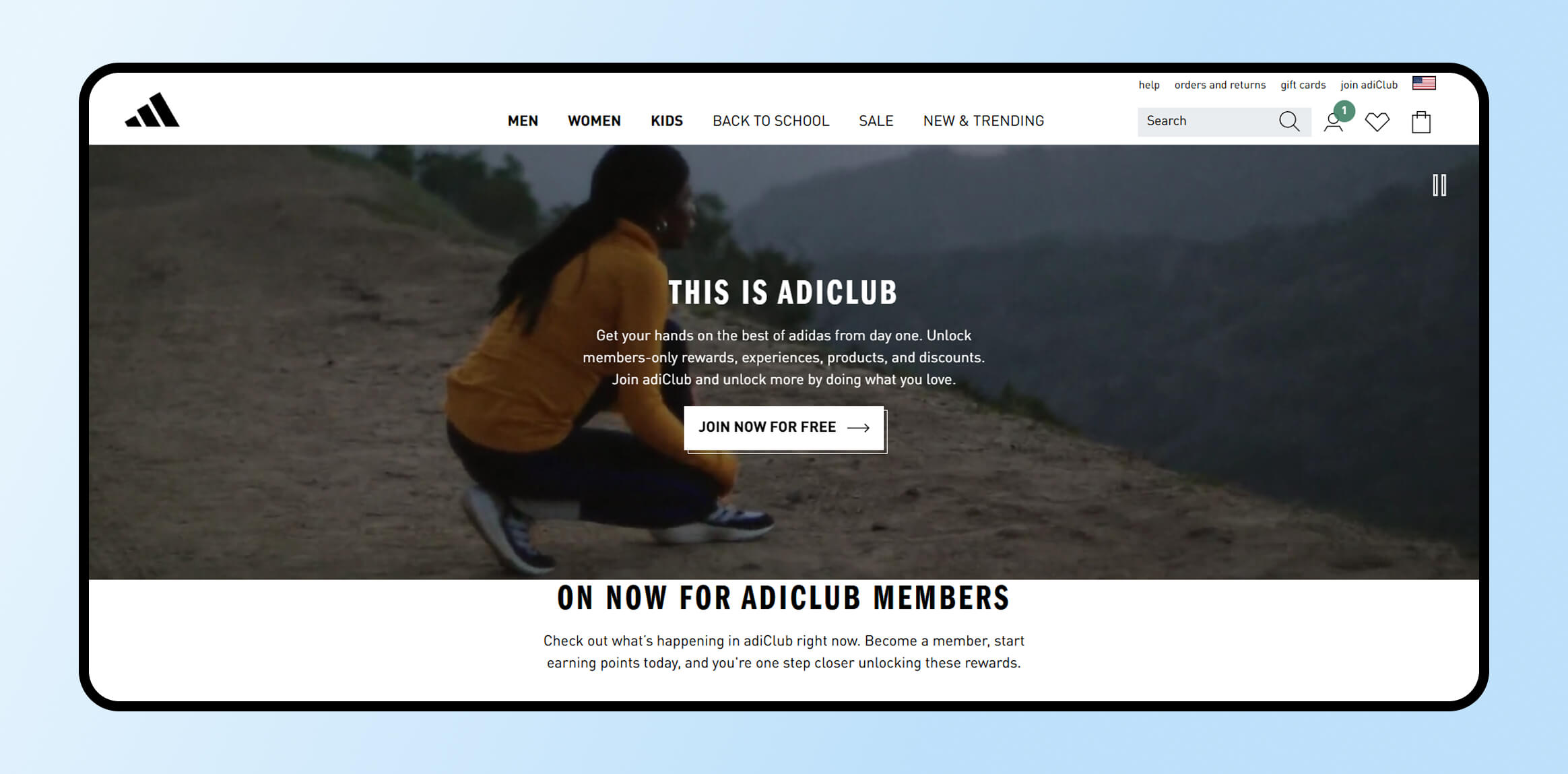
Marketer takeaway: Gamification combined with community engagement enhances program stickiness and member enthusiasm.
Read in detail: What are gamified loyalty programs? Explained with real-world examples.
How To Build A Tiered Loyalty Program That Works
Creating a successful tiered loyalty program starts with a clear strategy and understanding your customers’ motivations. Here’s a straightforward 5-step roadmap to help you design an engaging and sustainable loyalty journey.
Step 1: Identify Clear Business Goals
Begin by defining what you want your loyalty program to achieve. This could include boosting repeat purchases, increasing customer engagement, encouraging referrals, or driving higher customer lifetime value. Having concrete objectives shapes your program’s design and measurement.
Step 2: Define Tier Logic
Decide on the appropriate number of tiers that balance simplicity with meaningful progression. Establish clear entry criteria and a progression model that makes advancing accessible yet aspirational. Consider factors like spend thresholds, points earned, or engagement actions.
Step 3: Match Rewards With Behavior And Brand Values
Design rewards that align closely with the behaviors you want to encourage and your brand identity. Instead of focusing only on discounts, incorporate experiential perks, exclusive content, or partner benefits to drive both emotional connection and transactional value.
Step 4: Communicate Tiers Clearly Across Channels
Ensure that customers always understand their current tier, the benefits they enjoy, and how to move up. Use consistent, transparent messaging across all customer touchpoints, like your website, mobile app, emails, and in-store signage.
Step 5: Track Performance And Iterate Over Time
Continuously monitor key metrics such as tier progression rates, reward redemption, and overall program impact on sales and retention. Use these insights to refine tier thresholds, update rewards, and improve communications to keep the program relevant and effective.
CleverTap Promos: Powering Smarter Tiered Loyalty at Scale
Managing tiered loyalty programs can quickly become complex, especially when handling multiple tools, systems, and data streams. CleverTap Promos brings all of this together in one platform, making it easier for brands to create, manage, and automate tiered loyalty programs that actually work.
Key Features:
- Behavior-triggered rewards: Send rewards automatically based on customers’ real-time actions. This means customers receive the right incentives exactly when they’re most motivated, boosting engagement.
- Real-time tier tracking: Customers and brands can always check current tier status and progress. Transparent tracking makes it easier for members to see how close they are to unlocking the next level and keeps them motivated to advance.
- Loyalty wallet API: All points, coupons, cashback, and vouchers live in one place, simplifying how rewards are stored, tracked, and redeemed. This makes the process seamless for customers and reduces friction for brands.
- Cross-partner campaigns: CleverTap Promos supports integrated campaigns that involve multiple partners, expanding reward options and customer reach beyond a single brand’s own offerings.
- Advanced analytics: Detailed reports on program performance, customer lifetime value, ROI, and redemption patterns provide marketers with actionable insights to optimize campaigns and maximize impact.
By consolidating loyalty management into a single, flexible platform, CleverTap Promos helps brands launch campaigns faster and maintain ongoing engagement with personalized, timely rewards. Marketers can automate complex loyalty journeys while using data to continuously improve.
Scale your loyalty program with CleverTap Promos and keep customers coming back through personalized, impactful engagement.
Final Thoughts: Turning Loyalty Into Lasting Love
Tiered loyalty programs play a crucial role in building lasting customer relationships and driving business growth. When designed thoughtfully, they motivate customers to engage more deeply, increasing repeat purchases and overall lifetime value. Avoiding common pitfalls like overcomplication and poor communication ensures a smooth customer experience.
Platforms like CleverTap make managing these programs easier and more effective by automating rewards and providing real-time insights. By focusing on clear goals, meaningful rewards, and continuous improvement, brands can create loyalty programs that truly resonate and deliver long-term results.
Ready to take your loyalty strategy to the next level with CleverTap? Talk to us today!
Kiran Pius 
Leads Product Launches, Adoption, & Evangelism.Expert in cross-channel marketing strategies & platforms.
Free Customer Engagement Guides
Join our newsletter for actionable tips and proven strategies to grow your business and engage your customers.

